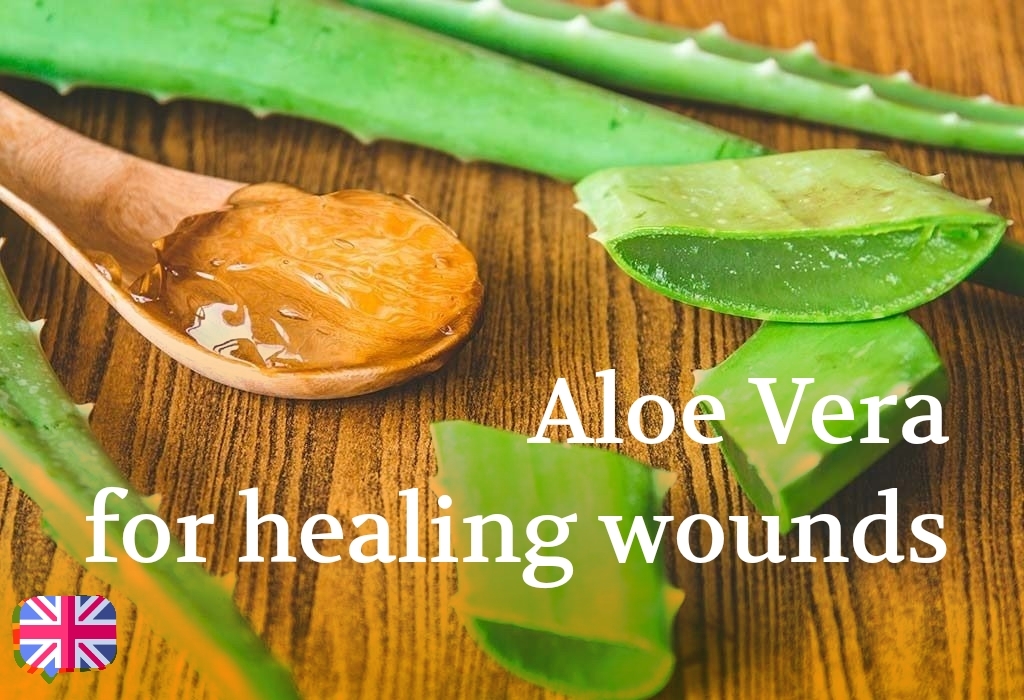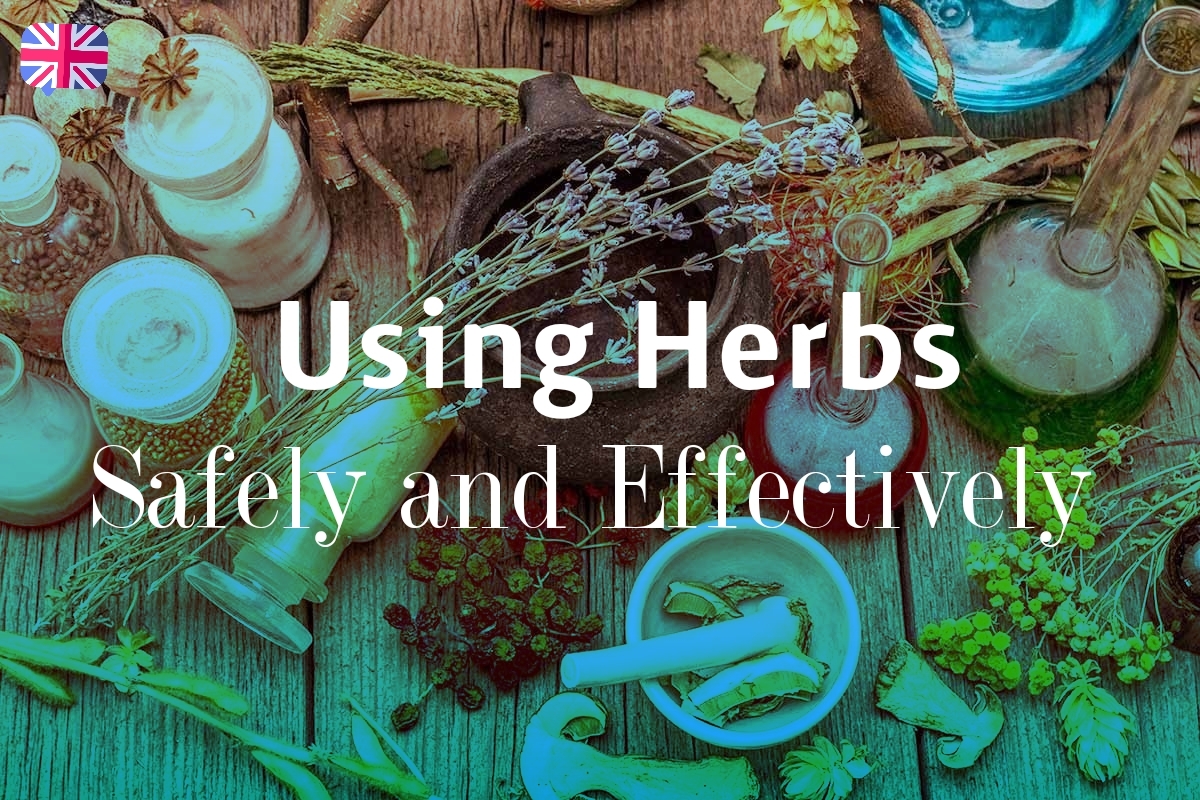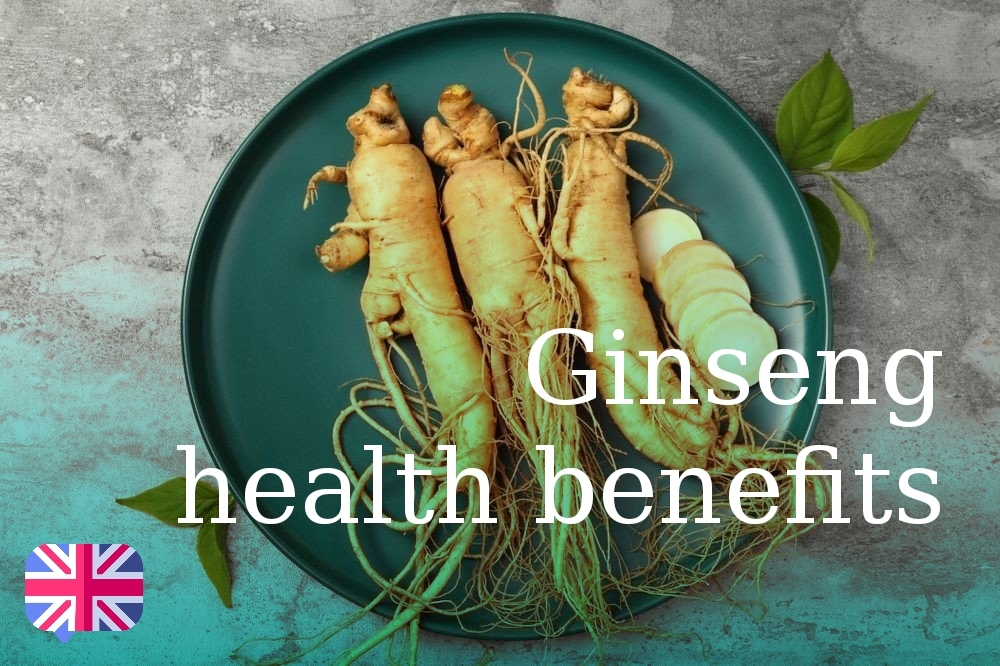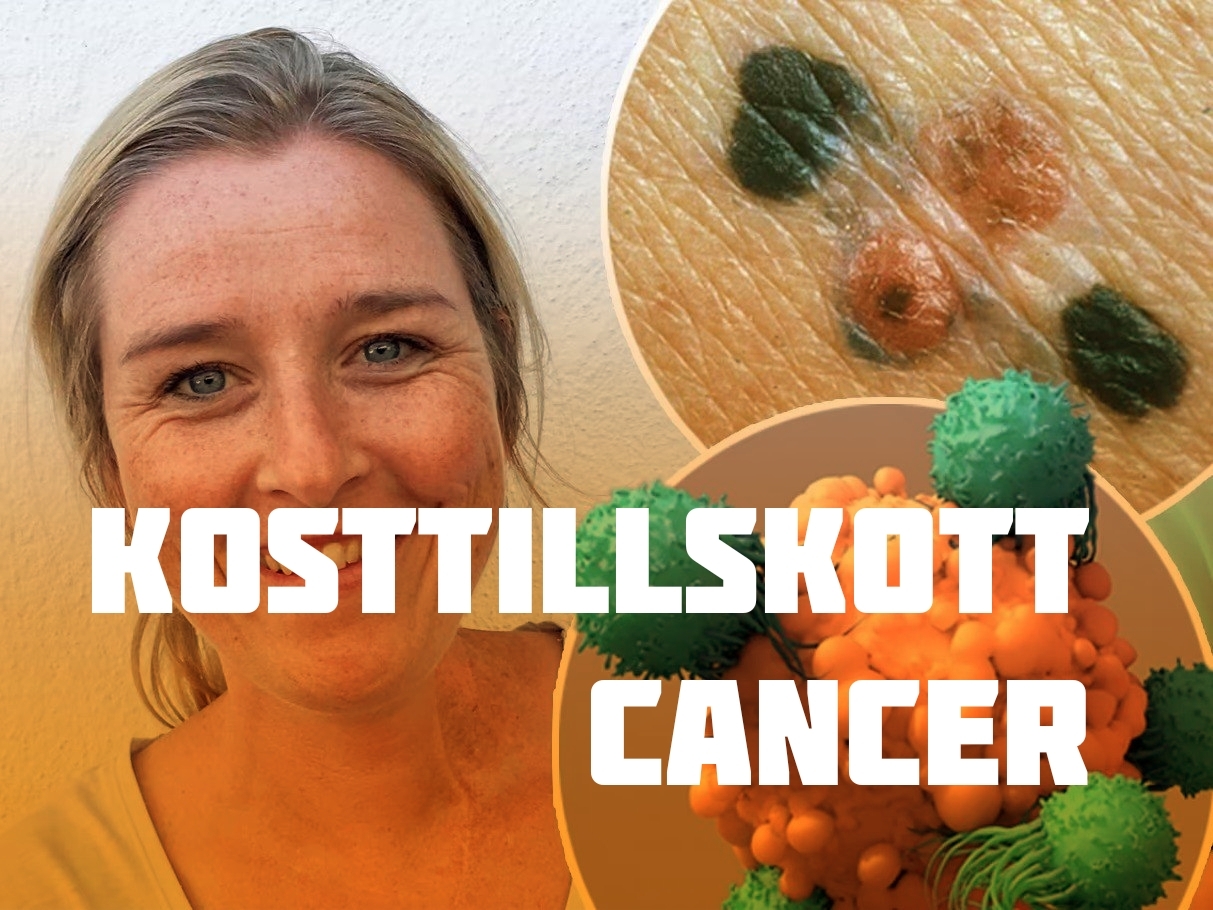HERB - Introduction to the Versatility and Benefits of Herbs
How Aloe Vera Can Help Heal Wounds: Uses and Benefits of Aloe Plant for Wound Care
For centuries, people have been using the Aloe Vera plant for its many health benefits. Aloe Vera is a succulent plant that is native to North Africa, but it is now cultivated all over the world. Its leaves contain a clear gel-like substance that has many medicinal properties. One of the most well-known uses of Aloe Vera is for wound healing. In this article, we will explore the uses of the Aloe Vera plant, its properties that make it effective for wound healing, and how to use Aloe Vera gel and gelly for wound care.
Uses of the Aloe Plant
The Aloe Vera plant has been used for medicinal purposes for thousands of years. It has a long history of use in traditional medicine systems such as Ayurveda, Traditional Chinese Medicine, and Native American Medicine. Aloe Vera is a versatile plant that has been used to treat a wide range of conditions, including:
- Skin Conditions: Aloe Vera is commonly used to treat skin conditions such as acne, psoriasis, and eczema. Its anti-inflammatory and antimicrobial properties make it effective in soothing and healing irritated skin.
- Digestive Issues: Aloe Vera has been used to treat digestive issues such as constipation, irritable bowel syndrome (IBS), and ulcers. It is believed to have a soothing effect on the digestive system and can help reduce inflammation.
- Immune System Support: Aloe Vera contains compounds that have been shown to boost the immune system. These compounds can help the body fight off infections and diseases.
- Pain Relief: Aloe Vera has analgesic properties that make it effective in reducing pain. It can be applied topically to painful areas to help reduce inflammation and promote healing.
- Diabetes Management: Aloe Vera has been shown to help regulate blood sugar levels in people with diabetes. It is believed to help increase insulin sensitivity and reduce blood glucose levels.
Properties of Aloe Vera That Make It Effective for Wound Healing
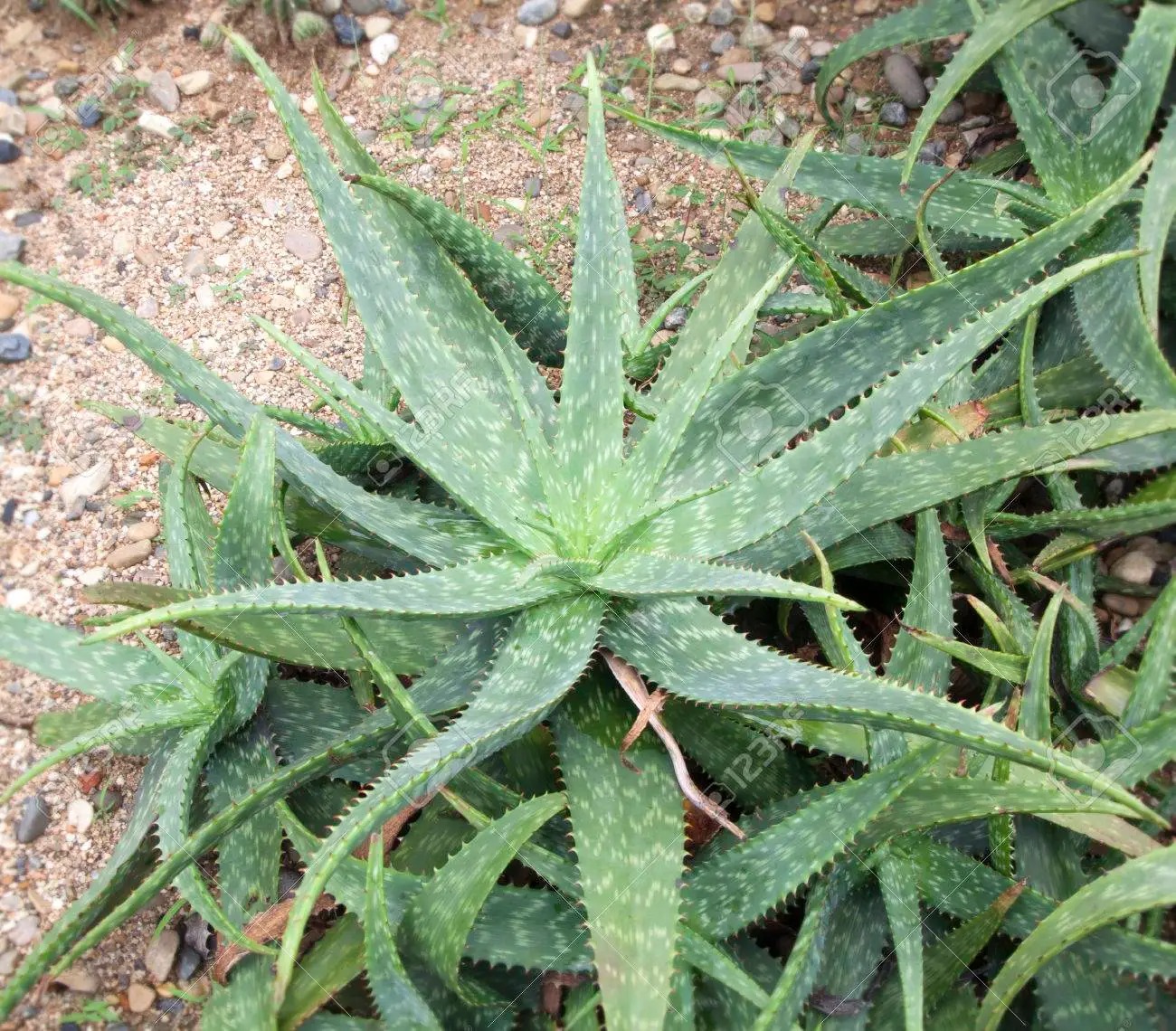
Aloe Vera is particularly effective at healing wounds because of its unique combination of properties. These properties include:
- Anti-inflammatory: Aloe Vera contains compounds that have anti-inflammatory properties. These compounds help reduce inflammation and swelling, which can speed up the healing process.
- Antimicrobial: Aloe Vera has antimicrobial properties that make it effective in fighting off infections. It can help prevent the growth of bacteria and other microorganisms that can cause infections.
- Analgesic: Aloe Vera has analgesic properties that make it effective in reducing pain. It can help relieve the pain associated with wounds and promote healing.
- Moisturizing: Aloe Vera contains compounds that can help moisturize the skin. This can be particularly helpful for wounds that are dry or cracked.
- Nutrient-rich: Aloe Vera contains a wide range of vitamins and minerals that are essential for wound healing. These include vitamins A, C, and E, as well as zinc, magnesium, and calcium.
Using Aloe Vera Gel and Gelly for Wound Care
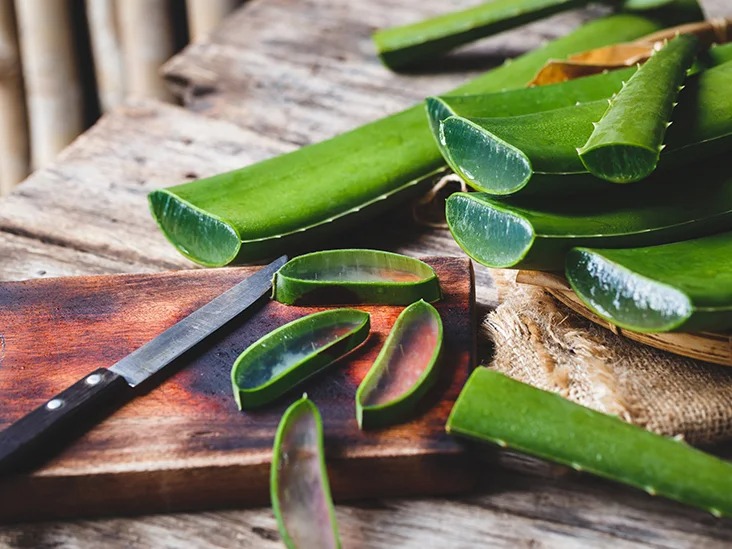
Aloe Vera gel and gelly are both effective for wound care. Here are the steps to using Aloe Vera gel and gelly for wound care:
- Clean the Wound: Before applying Aloe Vera gel or gelly, make sure to clean the wound thoroughly. Use warm water and a mild soap to gently clean the wound. Pat the area dry with a clean towel.
- Prepare the Aloe Vera: If you are using an Aloe Vera plant, cut off a leaf and slice it open to expose the gel. If you are using Aloe Vera gel or gelly, simply squeeze or pour the desired amount onto a clean surface.
- Apply the Aloe Vera: Use a clean cotton ball or swab to apply the Aloe Vera gel or gelly to the wound. Make sure to cover the entire wound with a thin layer of Aloe Vera.
- Cover the Wound: Once the Aloe Vera has been applied, cover the wound with a sterile bandage or gauze. This will help keep the area clean and protect it from further injury.
- Repeat as Necessary: Reapply the Aloe Vera gel or gelly to the wound as needed. This will help keep the wound moist and promote healing.
It is important to note that while Aloe Vera can be effective in promoting wound healing, it is not a substitute for proper medical care. If you have a serious or infected wound, it is important to seek medical attention immediately.
Aloe Vera Skin Benefits: How to Use this Miracle Plant
Aloe vera is a popular plant that has been used for its medicinal properties for centuries. Its soothing and moisturizing benefits are well-known, and it’s commonly used in skincare products. Aloe vera is a succulent plant that belongs to the family Liliaceae. It’s native to Africa and is also grown in other parts of the world. In this article, we will discuss the benefits of aloe vera for skin and how to use it.
Benefits of Aloe Vera for Skin
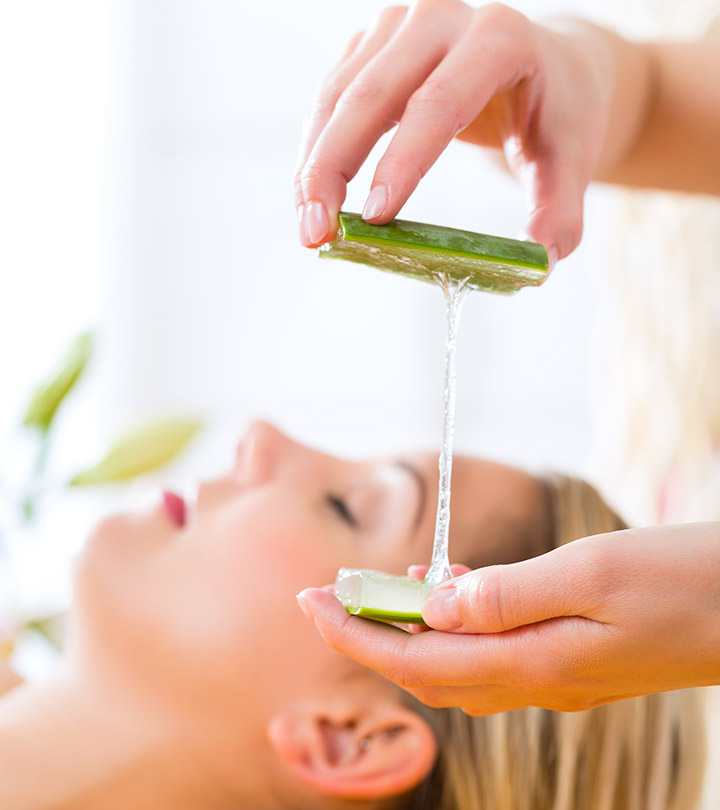
- Moisturizes Skin: Aloe vera is an excellent moisturizer for the skin. It contains water, vitamins, and minerals that hydrate and nourish the skin. It’s especially beneficial for dry and sensitive skin.
- Soothes Skin: Aloe vera has anti-inflammatory properties that can help soothe skin irritations, such as sunburn, rashes, and acne. It can also reduce redness and swelling.
- Anti-aging Properties: Aloe vera contains antioxidants that can help fight the signs of aging. It can improve skin elasticity, reduce the appearance of fine lines and wrinkles, and prevent the formation of age spots.
- Helps with Acne: Aloe vera has antibacterial properties that can help fight acne-causing bacteria. It can also reduce the inflammation associated with acne.
- Lightens Dark Spots: Aloe vera can help lighten dark spots and hyperpigmentation. It contains a compound called aloesin that can inhibit the production of melanin, the pigment that gives the skin its color.
How to Use Aloe Vera for Skin
- Aloe Vera Gel: The most common way to use aloe vera for skin is by applying aloe vera gel directly to the skin. You can either use fresh aloe vera gel from the plant or buy aloe vera gel from the store. Apply the gel to the affected area and leave it on for 20-30 minutes before washing it off.
- Aloe Vera Juice: Aloe vera juice can be consumed orally or applied topically to the skin. It can help hydrate and nourish the skin from the inside out. If you’re using aloe vera juice topically, dilute it with water and apply it to the skin using a cotton ball.
- Aloe Vera Face Mask: You can make an aloe vera face mask by mixing aloe vera gel with other ingredients such as honey, lemon juice, or yogurt. Apply the mask to your face and leave it on for 10-15 minutes before rinsing it off.
- Aloe Vera Toner: You can use aloe vera as a toner by mixing it with water and applying it to your face using a cotton ball. This can help soothe and hydrate the skin while also removing any remaining dirt and makeup.
- Aloe Vera Scrub: You can make an aloe vera scrub by mixing aloe vera gel with sugar or salt. This can help exfoliate the skin, remove dead skin cells, and leave it feeling soft and smooth.
Aloe vera is a versatile plant that offers numerous benefits for the skin. Whether you’re dealing with dry skin, acne, or signs of aging, aloe vera can help. It’s easy to use and can be incorporated into your skincare routine in various ways. From applying aloe vera gel directly to the skin to making an aloe vera face mask, there are many ways to reap the benefits of this miracle plant. So, give it a try and see how it can transform your skin!
Conclusion
Aloe Vera is a versatile plant that has been used for centuries for its many health benefits. Its unique combination of properties makes it particularly effective for wound healing. Aloe Vera gel and gelly can be easily applied to wounds to promote healing and reduce pain and inflammation. While Aloe Vera can be a helpful addition to wound care, it is important to seek medical attention for serious or infected wounds. With proper care and treatment, wounds can heal quickly and effectively with the help of Aloe Vera.

